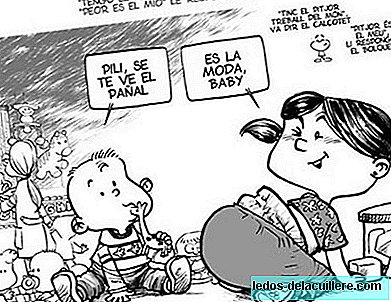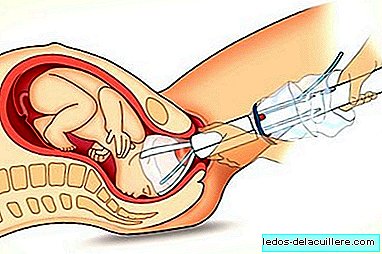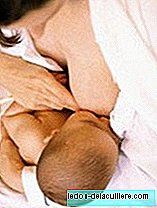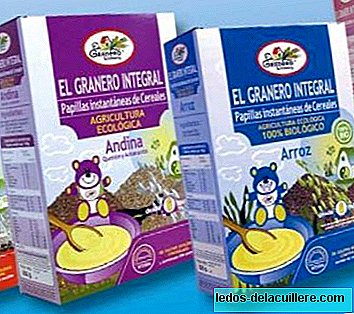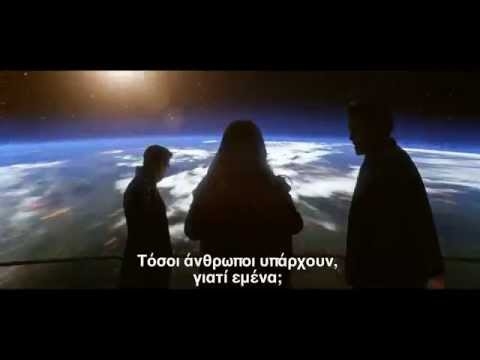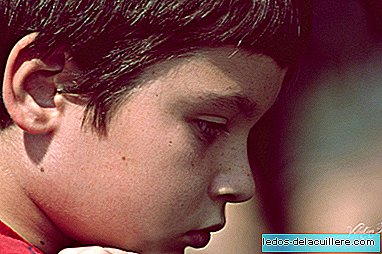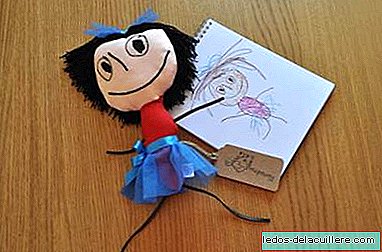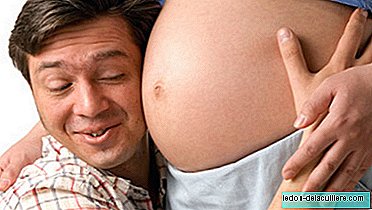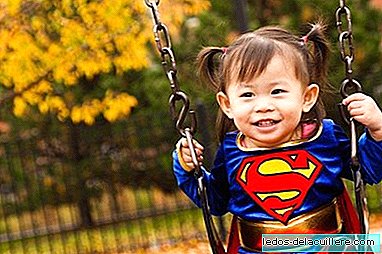
We are approaching the end of the first year of our little one's life, and language development It continues progressively towards a language that seeks as its final objective to resemble adult language.
During this first year the child has gone from making mere babbling to start emitting minor vowel sounds and some consonants. It also begins to use oral language as a means to achieve its ends. The environment begins to be an important aspect in its development, not only linguistic, but also motor, cognitive and social.
In this way, today it is time to know the development in the language of the baby from ten to twelve months, that is, during the last quarter of his first year among us.
Tenth month
At the beginning of tenth month, our little one is already able to use exclamations of type: "ohh", "ahh", "ehh" ..., in addition to using a special jargon that especially catches our attention. It is also during this period when he begins to make words of two syllables, such as "tata", "papa", "mama" in a non-specific way.
These familiar words of two syllables that you use without directly relating them to what they mean are also capable of imitating them quite well, as well as movements that are not known to you (such as knocking on the table, clapping or bringing your hands up) or different expressions Facials that represent different emotions.
His ability to understand also increases during this month, being able to point, look or touch up to three objects or people when his name is said with words or gestures. You can also pay attention and enjoy hearing new words. It is after ten months that you clearly understand the meaning of "no."
We can observe him making “palmitas” when he hears the word or sees a gesture related to the game, in addition to verifying that he responds to his name a high percentage of times or to some social type instruction (such as saying goodbye). In addition, the gestures you now use to communicate with the rest of the people in your environment are used in a functional way.
11th month
From month eleven We can appreciate an increase in the games of gestures and words. It is here when our child begins to use two or more words associated with concepts that represent verbs. In addition, those times he is playing alone, we can hear him vocalize what he is doing (in his jargon, of course). And those words that previously did not have a functional meaning (that is, that he used interchangeably regardless of who he was referring to) already have it, in addition to saying another word with these characteristics.
When he listens to a song and also wants to do it, he is able to imitate the voice and tone changes in the songs he hears. His interest in isolated words that are associated with objects or activities important to him begins to increase, in addition to beginning to understand some questions (such as: where, what ...).
Before a request that is made verbally, to help with some kind of gesture, our child is able to carry it out, in addition to identifying a family person or object by name, provided they are significant to the child.
And during the game, or during an activity that he finds attractive or likes, our son will indicate his desire to always perform an action in the same way, since in this way he knows for sure what will happen in the end. In addition, if it is music with a lot of rhythm, it is able to move bodily or with adequate hand movements to the sound of music.
12th month
Finally we reach the first twelve months of life of the little one. From now on you will start using between one and three words to refer to a specific person, food or object. In addition, when you do not know the name of an object or animal, you will use characteristic onomatopoeic sounds to make yourself understood and refer to them.
His jargon continues to be a bit indecipherable due to his immaturity, but he begins to include bisyllabic words that he already used in previous months. All this is the training prior to using single-word phrases (known as holophrase) to communicate with people around you.
Now you can better imitate all the vowels, the exclamations you hear or even different facial gestures that represent feelings or sensations, which will allow you to better perceive the emotions of the adult; these imitations are also becoming increasingly thin in regard to onomatopoeic sounds of animals or objects.
His ability to understand is also increased, since he now responds with appropriate gestures to several more complex kinds of mandates. This improvement in understanding is also noticeable when, when he approaches his hand and before the instruction "give me", he responds appropriately.
Finally, we can see how he begins to use words or gestures to communicate his wishes and needs, in addition to issuing some verbal response to the verbal mandates of adults. In addition, he begins to signal to ask, looking at what he asks for and with verbal broadcasts (what is known as protoimperatives).
Conclusion
In addition to the advances that can be seen in the expressive and receptive language of the child during this first life, in parallel we can also see that he is able to chew and swallow more easily, while spilling less quantity of the content of The mouth when eating or drinking. This also translates into greater control of drooling, and greater mobility of the tongue.
And with this we reach the end of the first year of the child's life and the review of the language development during this time. In next installments we will see the different achievements that our son will acquire until he reaches six years of age, at which time his language will be very similar to that of the adult.



